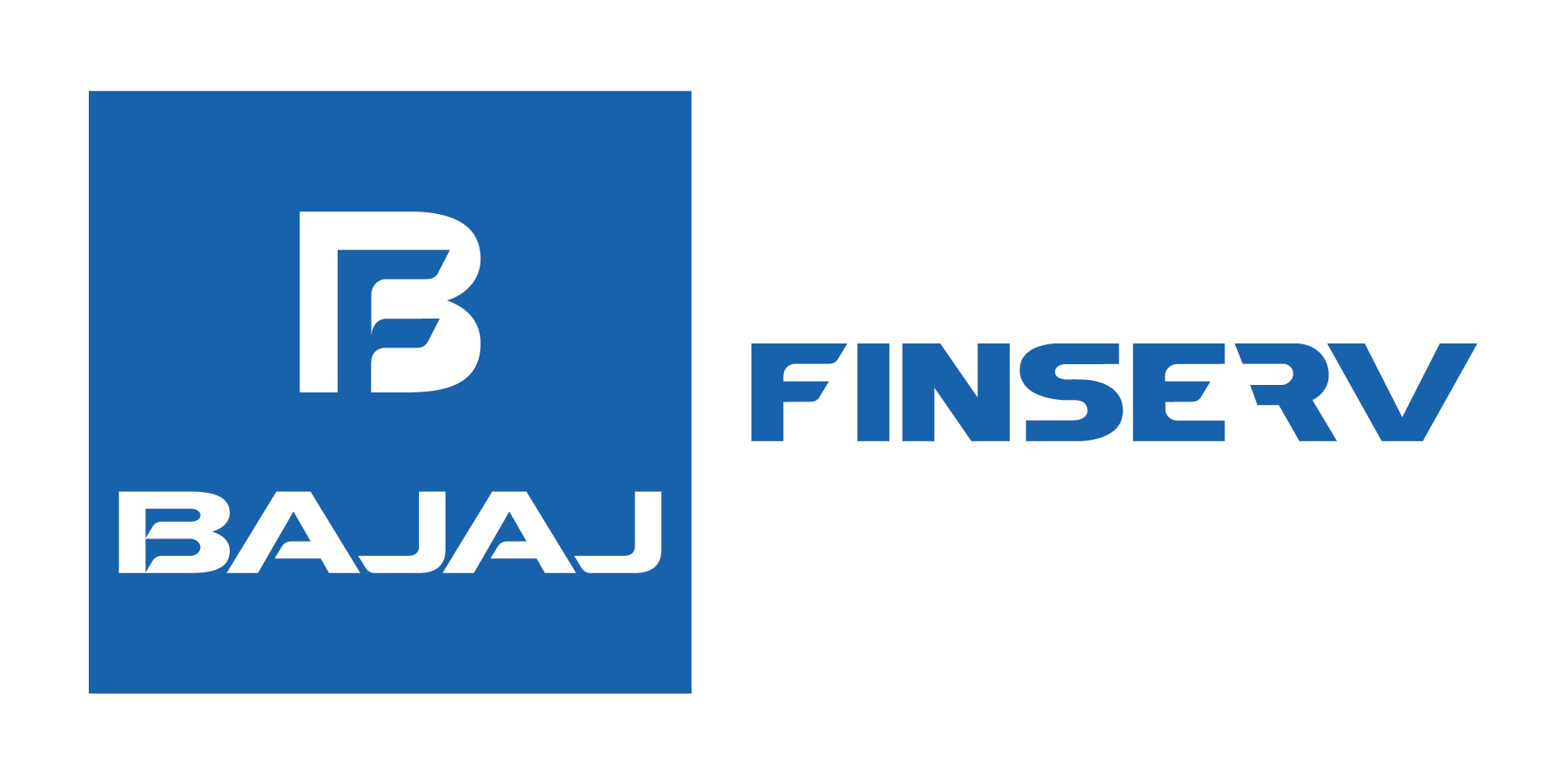Last Updated on September 27, 2023 by BFSLTeam BFSLTeam

Table of Content
Explaining the Difference Between Common Stock and Preferred Stock
When companies want to raise money from the public to grow their business, they issue shares. Owning these shares, often referred to as stocks, gives you a stake in the company. However, not all shares are the same. Let’s delve into the difference between Common Stock vs. Preferred Stock.
What is Common Stock and Preferred Stock
- Common Stocks
Common stocks are what most people think of when they talk about buying shares of a company. They are the ones regularly traded on stock markets. Sometimes, a company only issues common stocks, with no other types like preference stocks.
If you own common shares, you have a chance to receive a portion of the company’s profits in the form of dividends. But here’s the twist: companies aren’t obligated to pay dividends to common stockholders. In some cases, they might not pay any dividends at all.
Even if dividends are elusive, owning common stocks can potentially lead to substantial returns over the long term. Investing in the stock market has the potential to create wealth over time, but it also comes with higher risks.
Common stockholders often get voting rights in proportion to the number of shares they own compared to the total shares issued. This allows them to participate in electing the company’s board of directors.
In situations like company liquidation, common stockholders are last in line to receive payments, after creditors and preference shareholders.
- Preference Stocks
Preference stocks, on the other hand, don’t grant voting rights, a major distinction from common stocks. They do, however, provide ownership rights similar to common stocks. The price of preferred stocks is influenced by the company’s performance and market forces, just like common stocks.
Preference shares come with a predetermined maturity period, and when a company issues them, it specifies the dividend rate, maturity, and dividend payment schedule.
Investors holding preferred stocks enjoy regular, fixed dividends, in contrast to common stocks, where dividends are irregular and not guaranteed. In case of company liquidation, preference stockholders have a higher claim on assets and are paid dividends before common stockholders.
1. Cumulative Preference Share: These shares allow the company to pay dividends in arrears if they couldn’t do so previously. Common shareholders only receive dividends after preference shareholders are paid.
2. Non-cumulative Preference Shares: Shareholders of these shares can only receive dividends from the current year’s profits. Unpaid dividends cannot be claimed in the future.
3. Redeemable Preference Shares: Companies can repurchase these shares from shareholders, either on a fixed date or with prior notice.
4. Irredeemable Preference Shares: These can only be redeemed by the company during liquidation or when winding up operations.
5. Participating Preference Shares: Holders receive increased dividends along with the preference share dividend and have rights to surplus assets during liquidation.
6. Non-Participating Preference Shares: These shareholders receive a fixed-rate dividend but have no rights to surplus profits, which go to common shareholders.
7. Convertible Preference Shares: Shareholders can convert these into equity shares.
8. Non-Convertible Preference Shares: These shares cannot be converted into equity shares.
9. Preference Shares with a Callable Option: The company can repurchase these shares at a predetermined price and date, as mentioned in the prospectus.
10. Adjustable-Rate Preference Shares: Dividend rates for these shares fluctuate based on prevailing market interest rates.
Understanding these distinctions can help investors make informed decisions when buying shares in a company.
Additional Read: What Is Risk Management In Stock Market?
Common Stock Vs Preferred Stock
| Particulars | Common Stock | Preferred Stock |
| Ownership Rights | Carries ownership rights | Carries ownership rights |
| Voting Rights | Carries voting rights | Does not carry voting rights |
| Liquidation of Company | Paid last in line in case of liquidation of the company | Given preference over common stocks |
| Payment of Dividends | Dividends are not fixed or mandatory | Dividends are mandatory and are more or less fixed. Should be paid before dividends are paid to holders common stocks |
Common Stock Vs Preferred Stock – Key Differences
Common stock and preferred stock are two types of shares that companies can issue to raise capital. Both types of stock represent a partial ownership in the company, but they have different characteristics and benefits for the shareholders. The main differences between common and preferred stock are:
- Voting rights: Common stockholders have the right to vote on important corporate matters, such as electing the board of directors or approving mergers and acquisitions. Preferred stockholders usually do not have voting rights, unless their dividends are in arrears or the company wants to change the terms of their shares.
- Dividends: Preferred stockholders have a fixed dividend rate that is paid before any dividends are distributed to common stockholders. The dividend rate is usually based on the par value of the preferred shares, which is the amount that the company agrees to pay back to the preferred shareholders if the company liquidates. Common stockholders have a variable dividend rate that depends on the company’s earnings and dividend policy. The dividends for common stock are not guaranteed and may be skipped or reduced if the company faces financial difficulties.
- Liquidation preference: Preferred stockholders have a higher claim on the company’s assets and earnings than common stockholders. In the event of bankruptcy or liquidation, preferred shareholders are paid back their par value plus any accrued dividends before any remaining assets are distributed to common stockholders. Common stockholders are the last in line to receive any payments from the company and may lose their entire investment if the company has more debts than assets.
- Convertibility: Some preferred stocks have a feature that allows them to be converted into a specified number of common shares at certain times or under certain conditions. This gives the preferred shareholders the opportunity to participate in the capital appreciation of the common stock if the company performs well. Common stocks are not convertible into any other type of security.
Also Read: Authorized Share Capital: Definition, and Types
In the End
In conclusion, common stock and preferred stock are different ways of investing in a company. Common stock offers more potential for growth and voting rights, but also more risk and uncertainty. Preferred stock offers more stability and income, but also less control and upside potential. Investors should consider their risk tolerance, investment objectives, and personal preferences when choosing between common and preferred stock.


